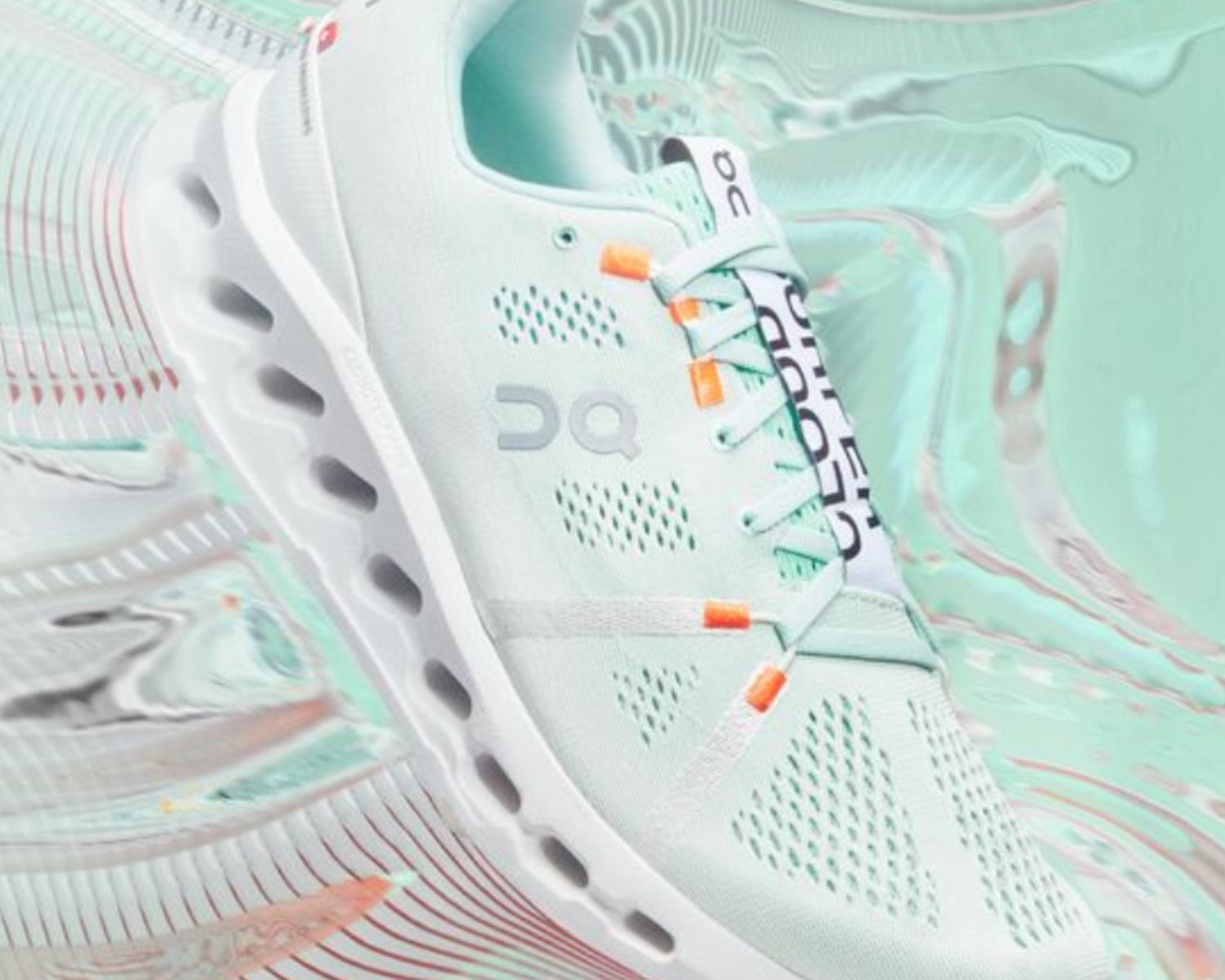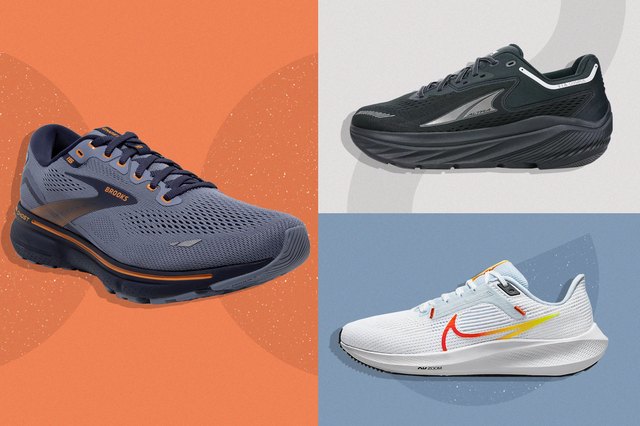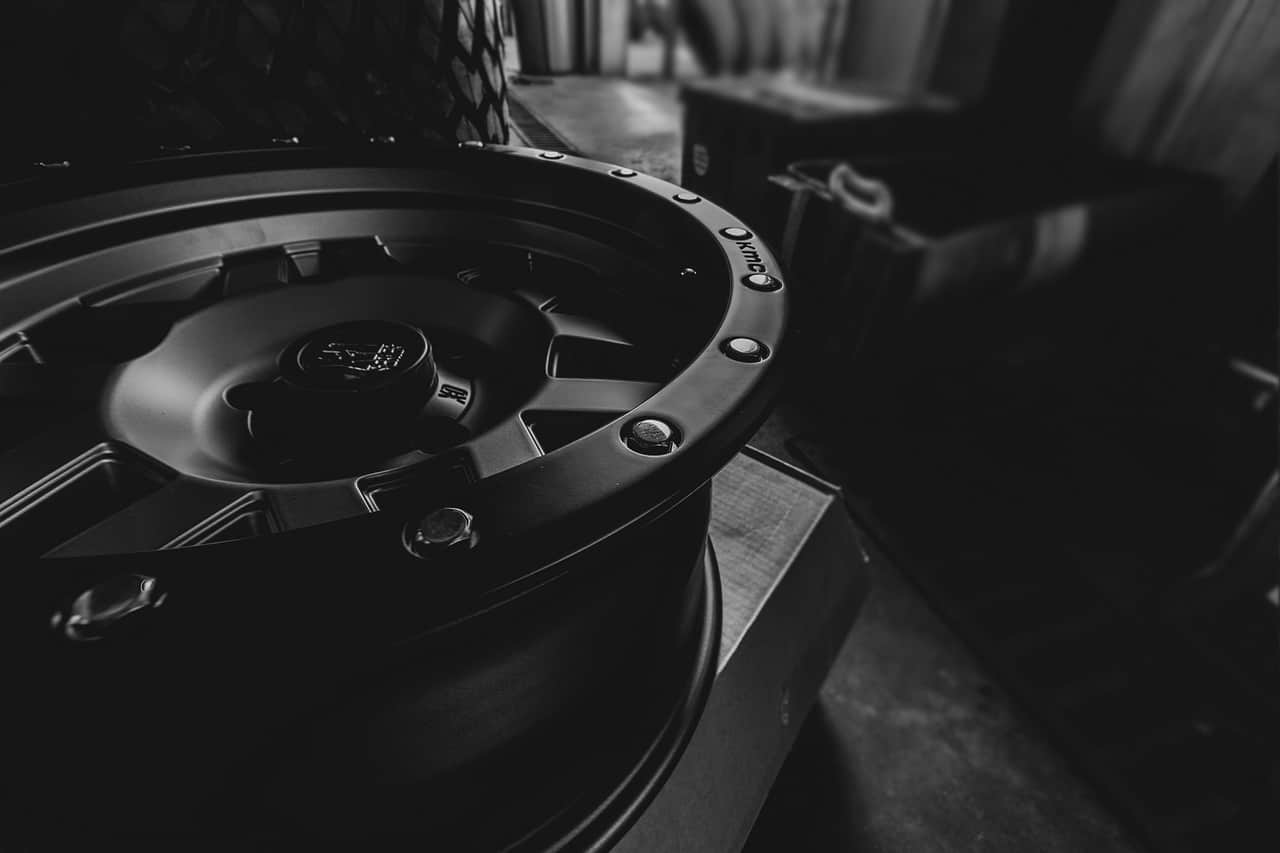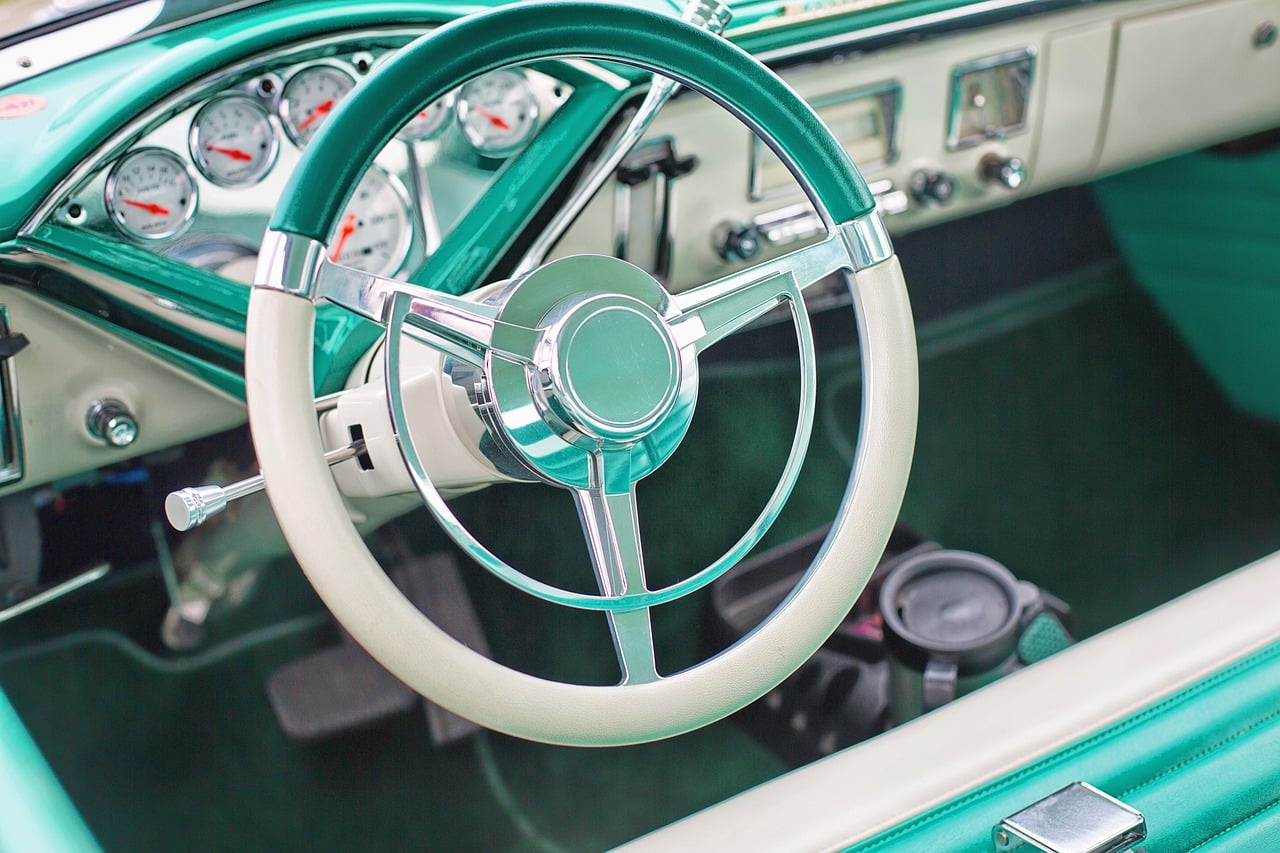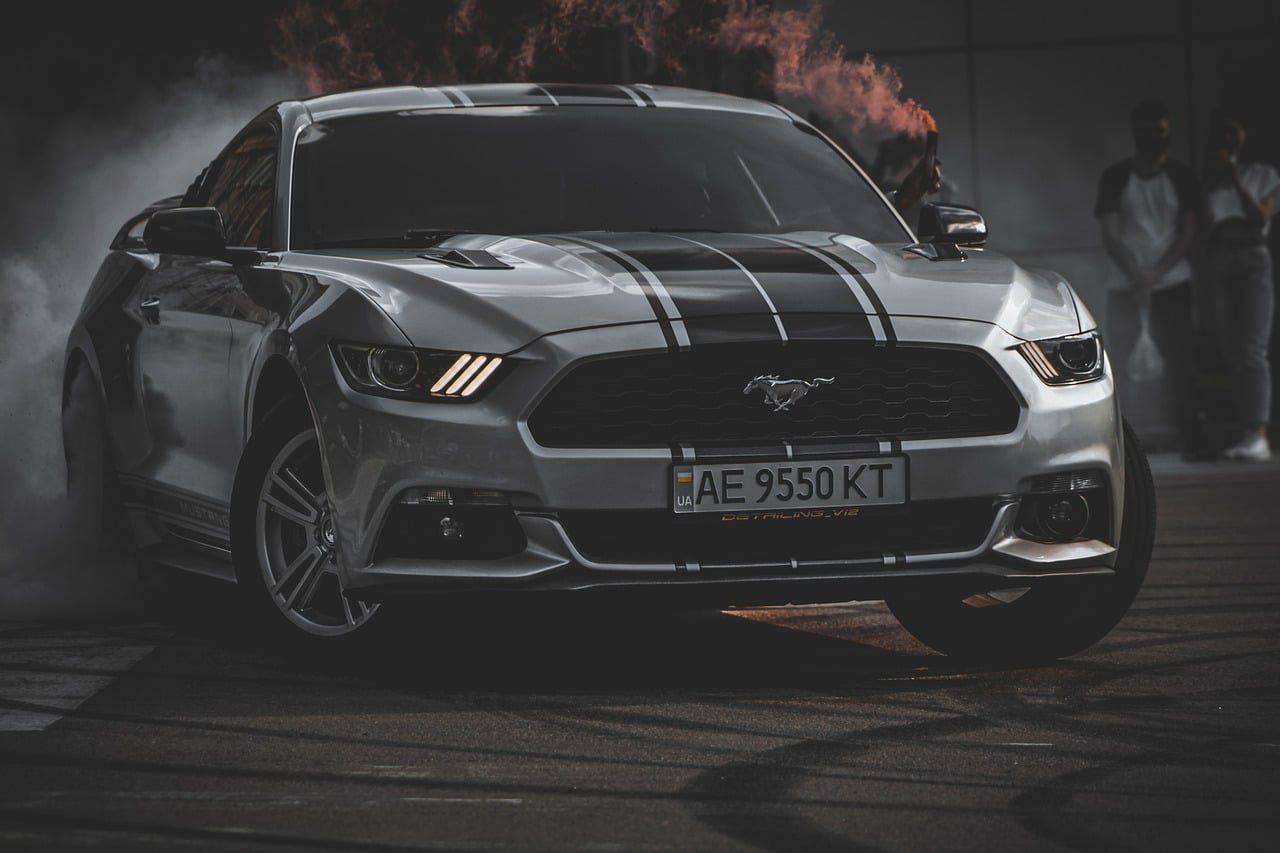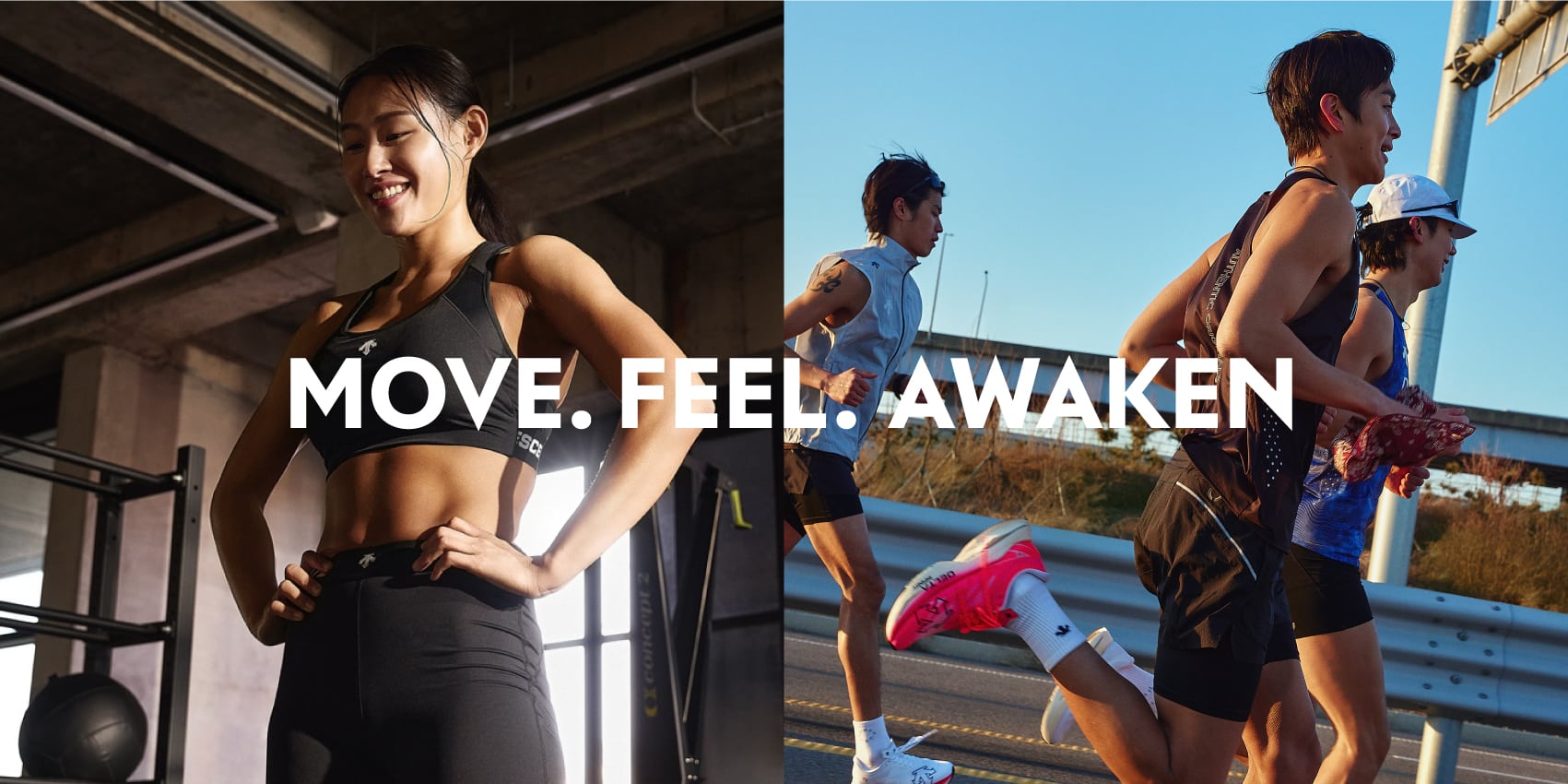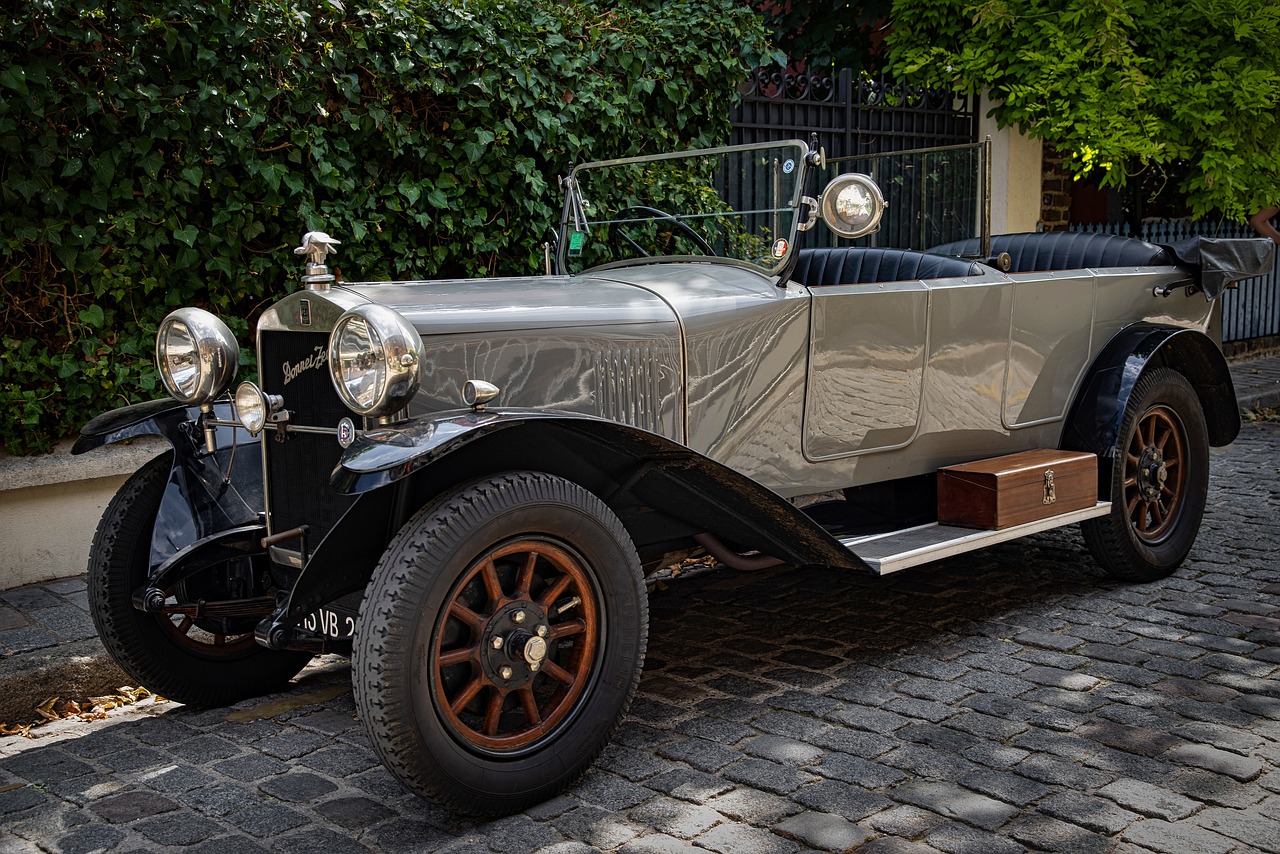Now Reading: Essential Features of Running Shoes for Heel Strikers
-
01
Essential Features of Running Shoes for Heel Strikers
Essential Features of Running Shoes for Heel Strikers
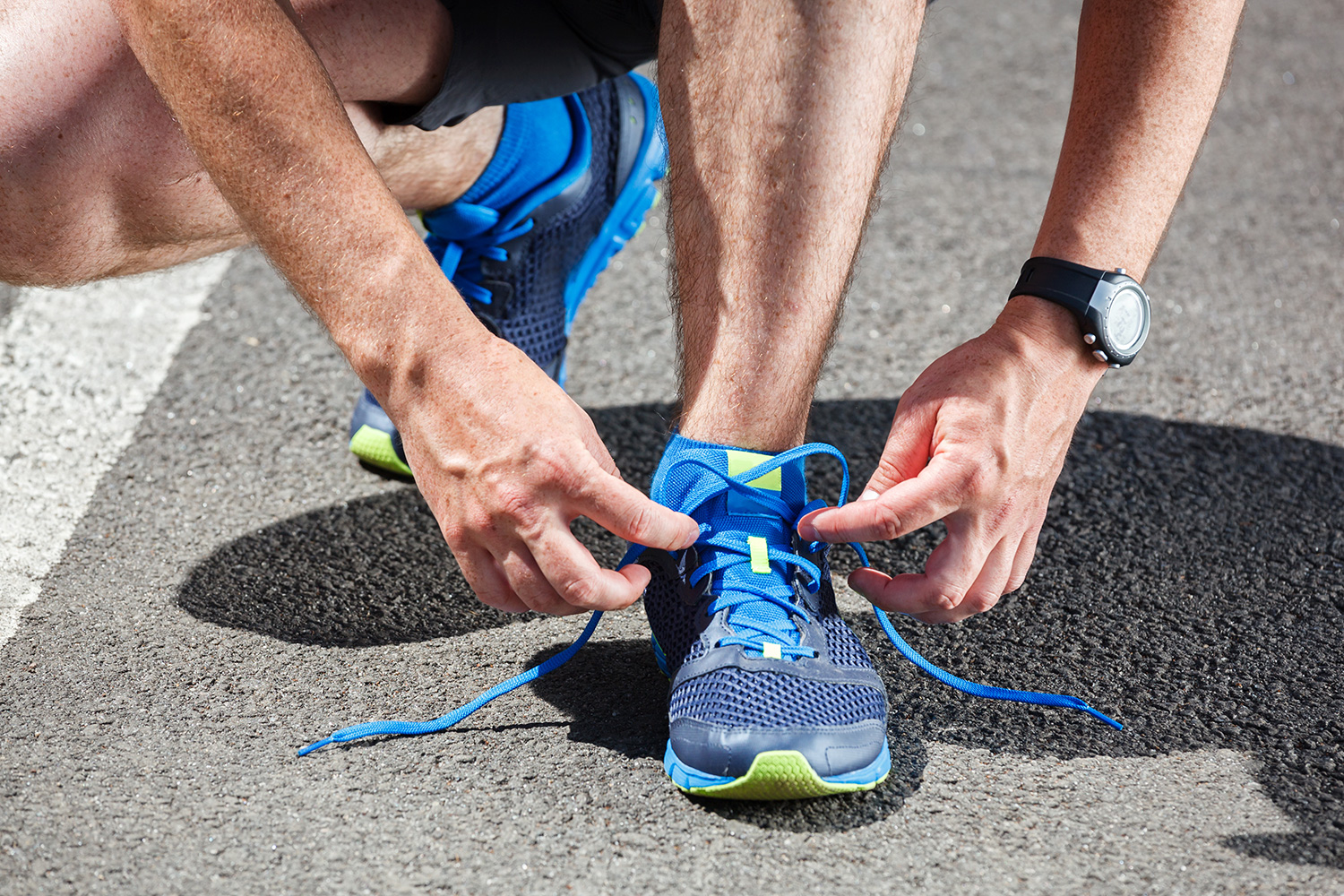
Running is a popular form of exercise, with millions of people hitting the pavement or treadmill every day. However, not all runners have the same stride pattern and foot strike. Some runners are heel strikers, meaning they land on their heels first when running. This can lead to a higher risk of injuries, especially if the runner is wearing the wrong type of shoes. As such, it is essential for heel strikers to choose the right running shoes that cater to their specific needs.
In this blog post, we will discuss the essential features that heel strikers should look for in running shoes. We will also explore the impact of heel striking on footwear and provide top picks for the best running shoes for heel strikers. Additionally, we will discuss in-depth the components of shoes that are important for heel strikers, tips for maintaining your running shoes, and other considerations for heel strikers. By the end of this post, you will be equipped with the knowledge to choose the ideal running shoes for your heel striking needs.
Understanding Heel Striking and Its Impact on Footwear
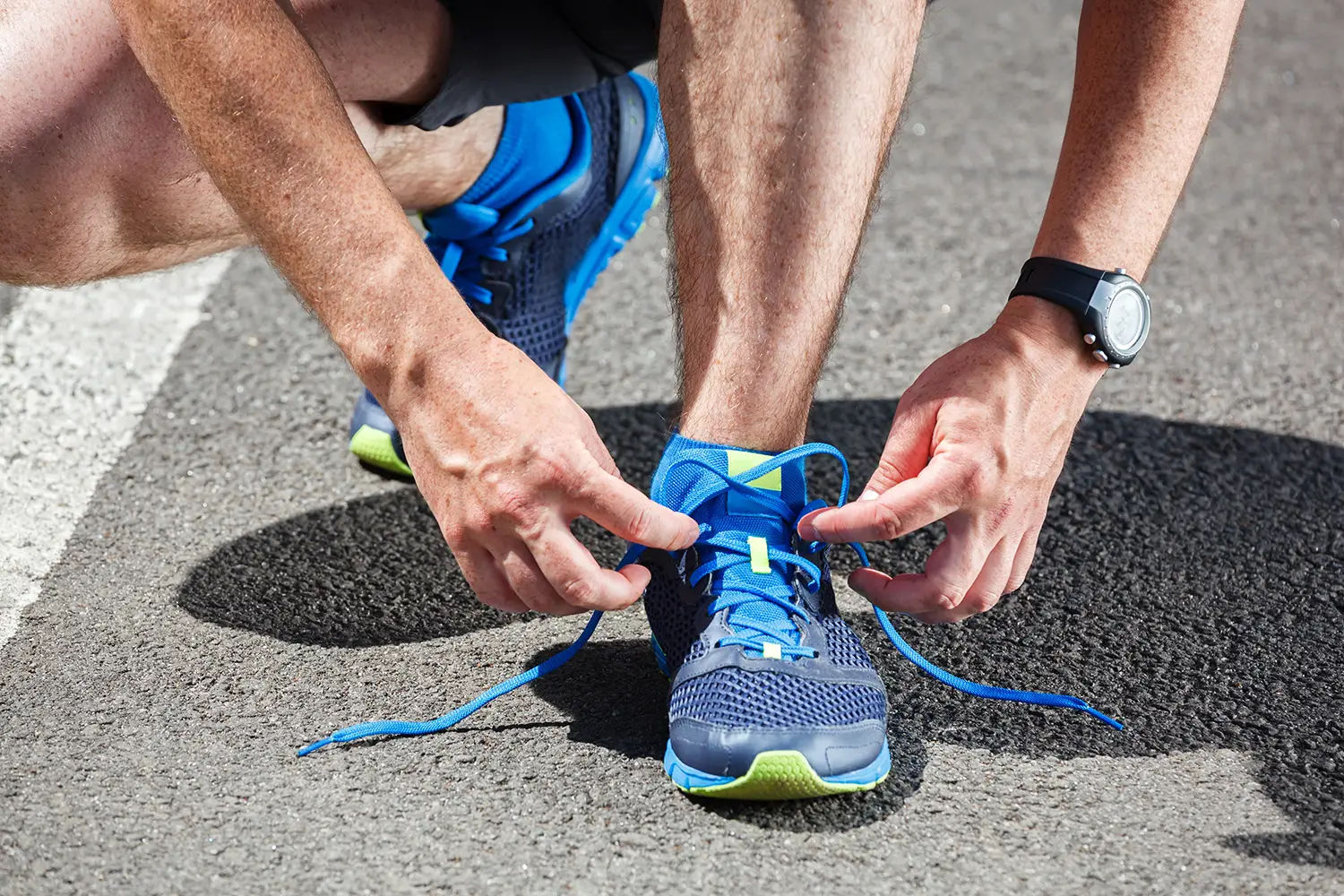
Before we delve into the essential features of running shoes for heel strikers, it is crucial to understand what heel striking is and its impact on footwear.
Heel striking is a common running gait where the heel makes initial contact with the ground when running. This motion is observed in about 75% of runners, making it the most prevalent foot strike pattern. While there is no “right” way to run, constant heel striking can cause various issues, such as knee pain, shin splints, and plantar fasciitis.
When it comes to footwear, heel striking puts a significant amount of force on the heel and the rest of the foot. This means that the shoe needs to have proper cushioning and support to absorb the impact and prevent injuries. Let’s take a closer look at the essential features of running shoes for heel strikers.
Impact Absorption
As mentioned earlier, heel striking puts a lot of pressure on the heel when it hits the ground. This impact can cause discomfort and even injuries if the shoe does not have proper cushioning to absorb the shock. Hence, it is crucial for heel strikers to look for running shoes with ample impact absorption.
One way to determine a shoe’s impact absorption is by looking at its midsole material. The midsole is the layer between the outsole (the bottom part of the shoe) and the upper (the top part of the shoe). It is responsible for providing cushioning and support. Some common materials used for midsoles are foam, gel, and air. Foam midsoles, such as EVA or PU foam, are known for their lightweight cushioning and responsiveness, making them a popular choice among runners.
Click here to preview your posts with PRO themes ››
Another essential component for impact absorption is the heel counter. This is the area of the shoe that cups the heel and provides stability. A well-cushioned and supportive heel counter can help reduce the shock of heel striking, making for a more comfortable and injury-free run.
Arch Support
Arch support is another vital feature to consider for heel strikers. When running, your arches act as shock absorbers, so having proper arch support is crucial in preventing injuries and providing support. However, the level of arch support needed varies from person to person, based on factors such as foot shape and arch height.
There are three basic types of arch support – neutral, high, and low. Neutral arch support is suitable for most runners and provides a balance of cushioning and support. High arch support is ideal for those with high arches as it provides extra cushioning to compensate for the lack of natural shock absorption. Low arch support is meant for runners with flat feet as it helps to stabilize and support the foot.
When trying on running shoes, pay attention to how the arch support feels. It should feel comfortable and supportive without causing any discomfort or pain. If you have a specific type of arch, look for shoes with built-in support or insoles that cater to your needs.
Top Picks: Best Running Shoes for Heel Strikers
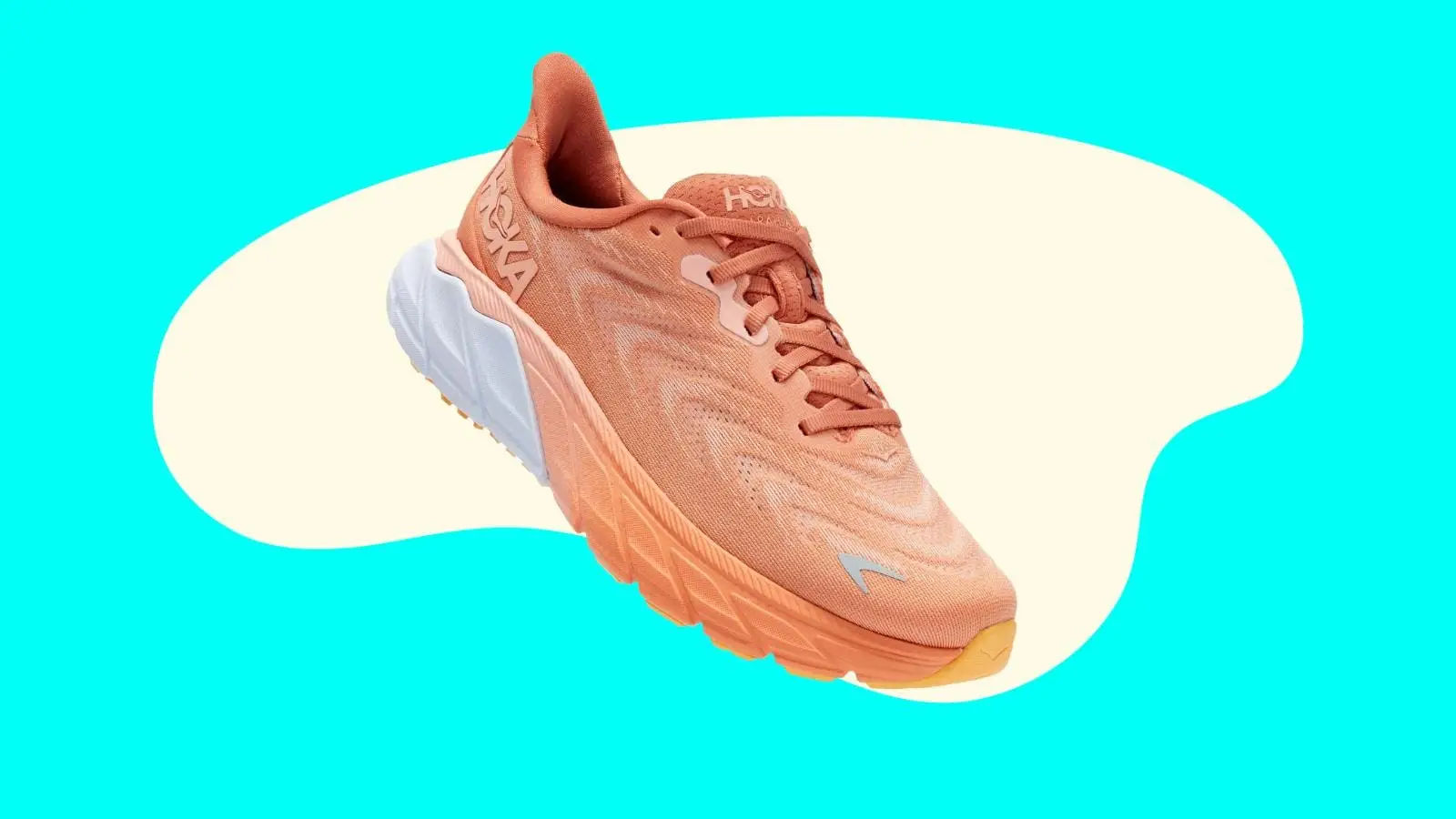
Now that we have covered the essential features of running shoes for heel strikers, let’s take a look at some top picks based on these criteria.
- Nike Air Zoom Pegasus 38
- New Balance Fresh Foam 1080v11
- ASICS Gel-Cumulus 23
- Brooks Ghost 14
- Saucony Ride 14
These running shoes offer excellent impact absorption and arch support, making them ideal for heel strikers. They also come highly recommended by seasoned runners and have received positive reviews from users. However, keep in mind that everyone’s feet are different, so what works for one person may not work for another. It is always best to try on several shoes and see which one feels the most comfortable and supportive for you.
In-Depth Analysis of Shoe Components for Heel Strikers
To further understand why these running shoes are ideal for heel strikers, let’s take an in-depth look at their shoe components and how they cater to the needs of heel strikers.
Nike Air Zoom Pegasus 38
The Nike Air Zoom Pegasus 38 is a popular choice among runners, and for a good reason. It features a foam midsole with a Zoom Air unit in the forefoot and heel, providing lightweight cushioning and responsiveness. The shoe also has a supportive heel counter and a neutral arch support, making it suitable for most heel strikers.
Click here to preview your posts with PRO themes ››
New Balance Fresh Foam 1080v11
The New Balance Fresh Foam 1080v11 boasts a plush and soft ride, thanks to its Fresh Foam midsole. The foam is designed to adapt to the runner’s stride and provide a comfortable and supportive run. The shoe also has a secure heel counter and a neutral arch support, making it suitable for most heel strikers.
ASICS Gel-Cumulus 23
The ASICS Gel-Cumulus 23 features their signature GEL technology in both the forefoot and heel, providing excellent shock absorption. It also has a FlyteFoam Propel midsole that delivers a responsive and bouncy ride. The shoe has a well-cushioned heel counter and a neutral arch support, making it ideal for heel strikers.
Brooks Ghost 14
The Brooks Ghost 14 is another popular choice among runners, with its DNA LOFT cushioning that offers a soft and plush ride. The shoe also has a segmented crash pad in the outsole, which helps with shock absorption during heel striking. It also has a neutral arch support, making it suitable for most heel strikers.
Saucony Ride 14
The Saucony Ride 14 boasts a PWRRUN midsole that provides a smooth and responsive ride. It also has a Formfit upper that adapts to the shape of the foot, providing a snug and comfortable fit. The shoe also has a neutral arch support, making it suitable for most heel strikers.
Ensuring a Comfortable and Supportive Fit
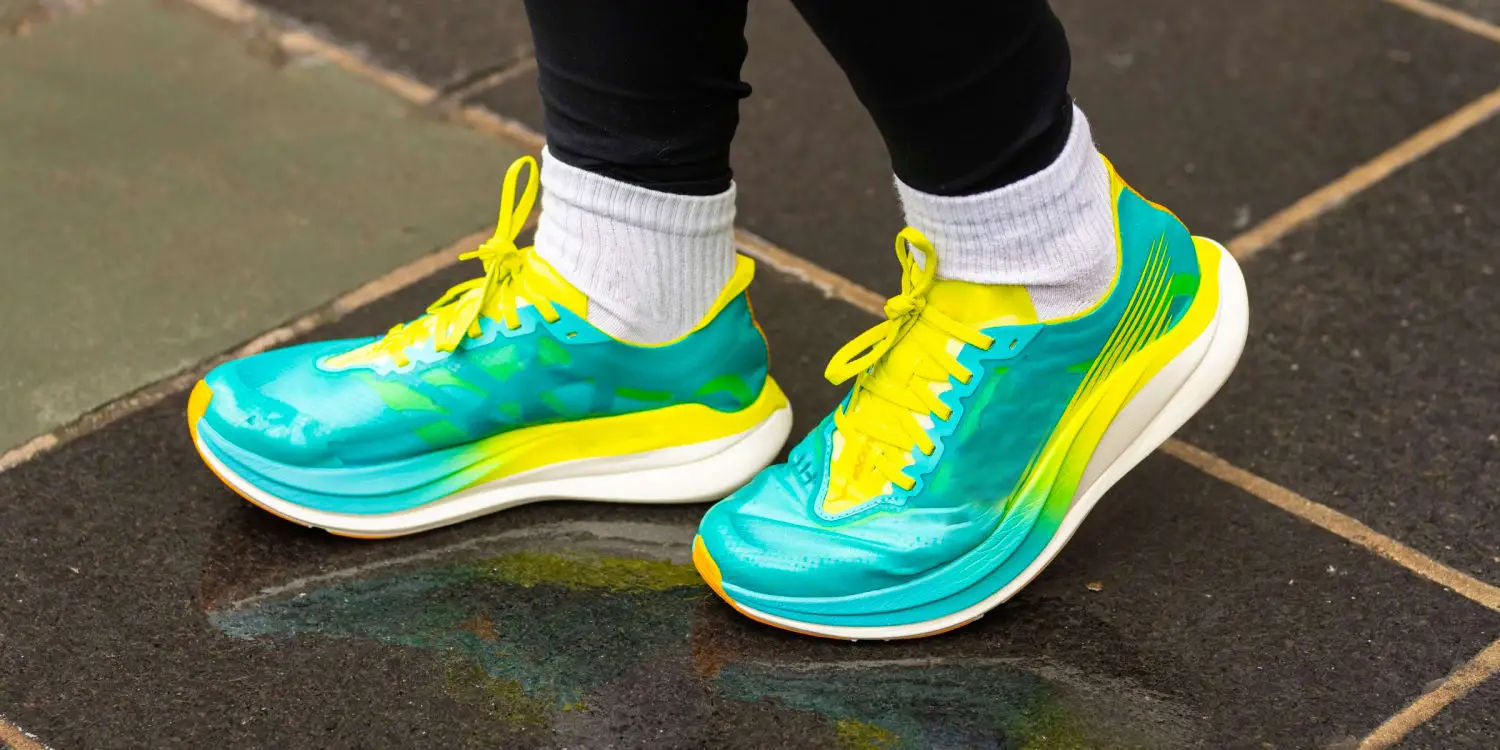
Aside from the essential features mentioned above, it is also crucial for heel strikers to ensure that their running shoes fit comfortably and provide ample support. Here are some tips to help you achieve this:
- Get your feet measured: Our feet can change in size as we age, so it is essential to get them measured regularly. This will ensure that you are buying the right size for your feet.
- Shop for shoes in the afternoon: Our feet tend to swell throughout the day, so it is best to shop for running shoes in the afternoon when your feet are at their largest. This will prevent you from buying a shoe that is too small.
- Try on different sizes and brands: As mentioned earlier, everyone’s feet are unique, so it is helpful to try on different sizes and brands to find the perfect fit for you.
- Leave some room in the toe box: Your toes should have enough space to wiggle around comfortably. A cramped toe box can cause discomfort and even lead to issues like toenail injuries.
- Test the shoe’s stability: When trying on running shoes, take a few steps and see how the shoe feels. It should feel stable and supportive, with minimal movement or sliding.
Tips for Maintaining Your Running Shoes
Once you have found the perfect pair of running shoes for heel strikers, it is essential to take care of them to ensure they last longer and provide optimal support and cushioning. Here are some tips for maintaining your running shoes:
- Rotate your shoes: It is recommended to have at least two pairs of running shoes and alternate between them. This will give each shoe a chance to rest and bounce back, making them last longer.
- Clean them regularly: Sweat, dirt, and other debris can accumulate on your running shoes after a run. Make sure to clean them regularly with a damp cloth or brush to prevent any buildup.
- Let them air out: After a run, remove the insoles and let your shoes air out. This will help get rid of any excess moisture and prevent odors.
- Don’t machine wash: While it may be tempting to throw your running shoes in the washing machine, this can damage them. Instead, hand wash them gently with mild soap and water.
- Replace them when needed: Running shoes have a lifespan of about 300-500 miles, depending on the materials and frequency of use. Pay attention to the wear and tear of your shoes and replace them when needed.
Click here to preview your posts with PRO themes ››
Additional Considerations for Heel Strikers
Aside from the essential features and tips mentioned above, there are a few additional considerations that heel strikers should keep in mind when choosing running shoes.
- Seek professional advice: If you are experiencing pain or discomfort while running, it is best to seek advice from a podiatrist or a running shoe specialist. They can provide recommendations based on your specific needs and gait.
- Consider terrain and distance: The type of terrain and distance you typically run on can also affect the type of running shoes you need. For example, trail runners may need more support and traction compared to those who mainly run on roads.
- Listen to your body: Ultimately, your body knows best what works for you. Pay attention to how your feet feel during and after runs, and make adjustments accordingly.
Conclusion: Choosing the Ideal Running Shoes for Heel Strikers
In conclusion, heel striking is a common foot strike pattern among runners, and it is crucial to choose the right running shoes to prevent injuries and ensure a comfortable run. When looking for running shoes as a heel striker, it is essential to consider features such as impact absorption, arch support, and proper fit. Additionally, maintaining your running shoes and paying attention to your body’s needs can also contribute to a better running experience.
Hopefully, this blog post has provided you with valuable insights into the essential features of running shoes for heel strikers and helped you understand the impact of heel striking on footwear. Remember to always prioritize comfort and support when choosing running shoes and listen to your body’s needs. Happy running!














